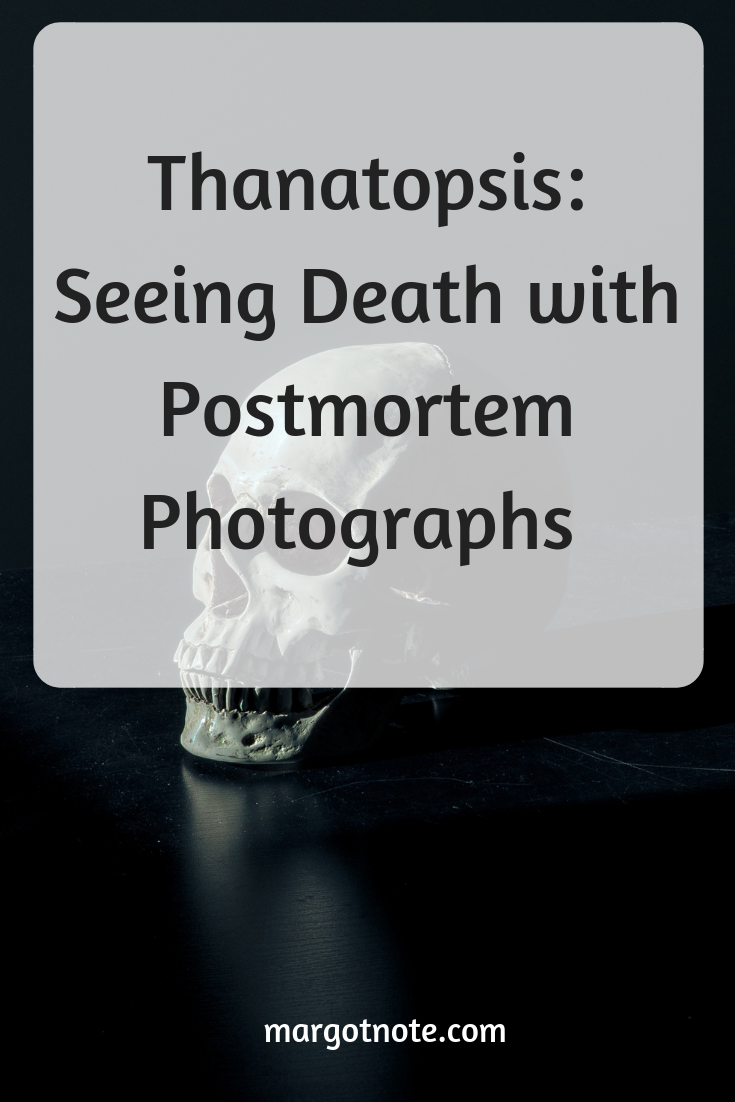I presented this paper at "The Art of Death and Dying" symposium on October 24-27, 2012. The symposium was hosted by the University of Houston Libraries, in partnership with the Blaffer Art Museum, the Cynthia Woods Mitchell Center for the Arts, the Department for Hispanic Studies, the Honors College and School of Art. Far from being morbid, this was the best, most well-planned, and liveliest symposium I've ever attended. (Soon afterward, I was contacted to be interviewed for a Norwegian docu-series on death, which is just as awesome and metal as it sounds).
Barthes termed photography flat death; Sontag called it soft death; Derrida deemed it “the art of ghosts, a battle of phantoms.” From its inception, photography has embraced death, as it embalms forever what it has captured momentarily. No better period was this exemplified than in the Victorian era, when bereavement became an art in itself. Postmortem photographs of the deceased by themselves or with family members became a universal practice. As a nascent technology in an era of high mortality rates, photography provided an emotionally satisfying means to “secure the shadow, ere the substance fade,” as the popular slogan for photographic studios read.
Taking its title from William Cullen Bryant’s famous poem, from the Greek words thanatos (“death”) and opsis (“sight”), this paper explores how a twenty-first century audience “sees death” with memorial photography. Through blogs, Tumblr posts, and Twitter feeds and an escalation of eBay auctions and Etsy sales, nineteenth century postmortem photographs have become a macabre spectacle not only because of their morbidity and beauty, but also because of a modern fascination with elaborate mourning customs no longer practiced today. As carriers of the past, postmortem photographs fascinate viewers because they represent the authentic in an ever more mediated environment and retain the aesthetic of the physical photograph in a world of born-digital media.
Delving deeper into this pictorial practice, one discovers that remembrance photography’s alliance with the Victorians overlooks its occurrence in tandem with the establishment of photography around the world. More importantly, postmortem photography’s association with a specific period undervalues the extent in which this genre persists in contemporary visual culture. Rather than a past phenomenon, the pictorial representation of death lives on in the present as the grief-stricken continue to use photography to mitigate mortality.











